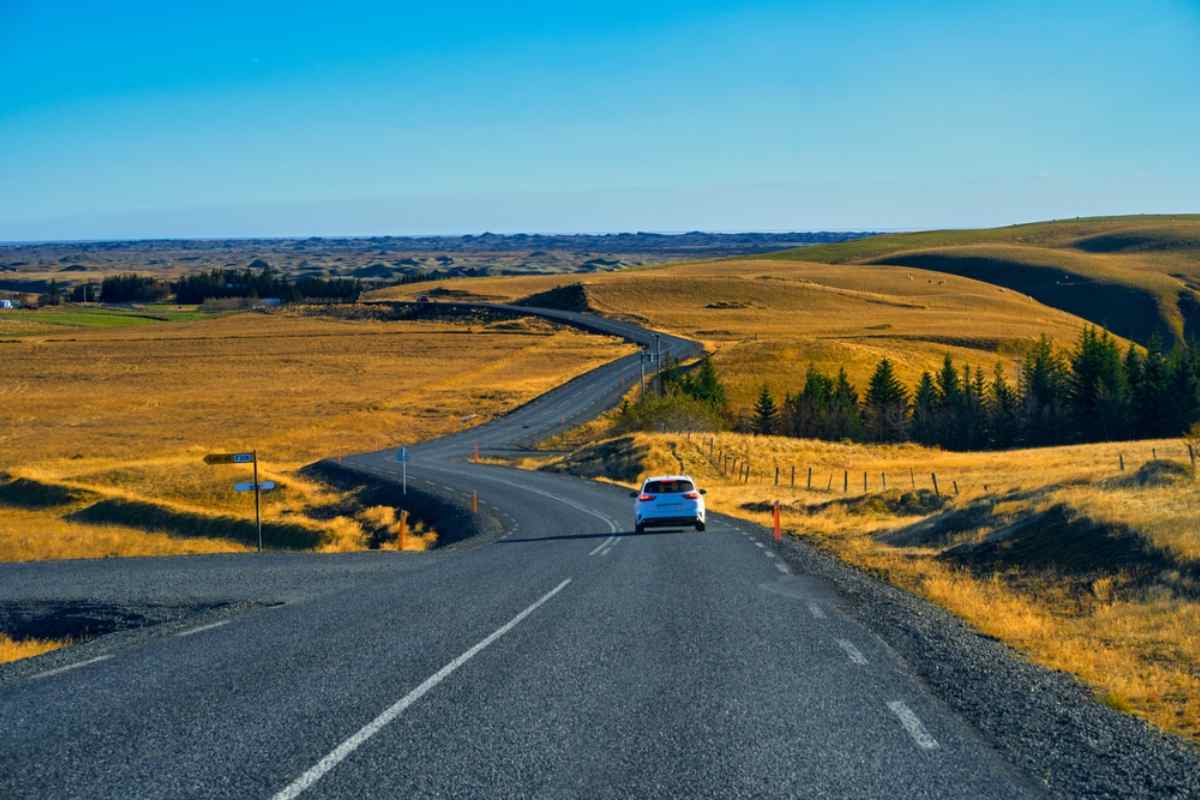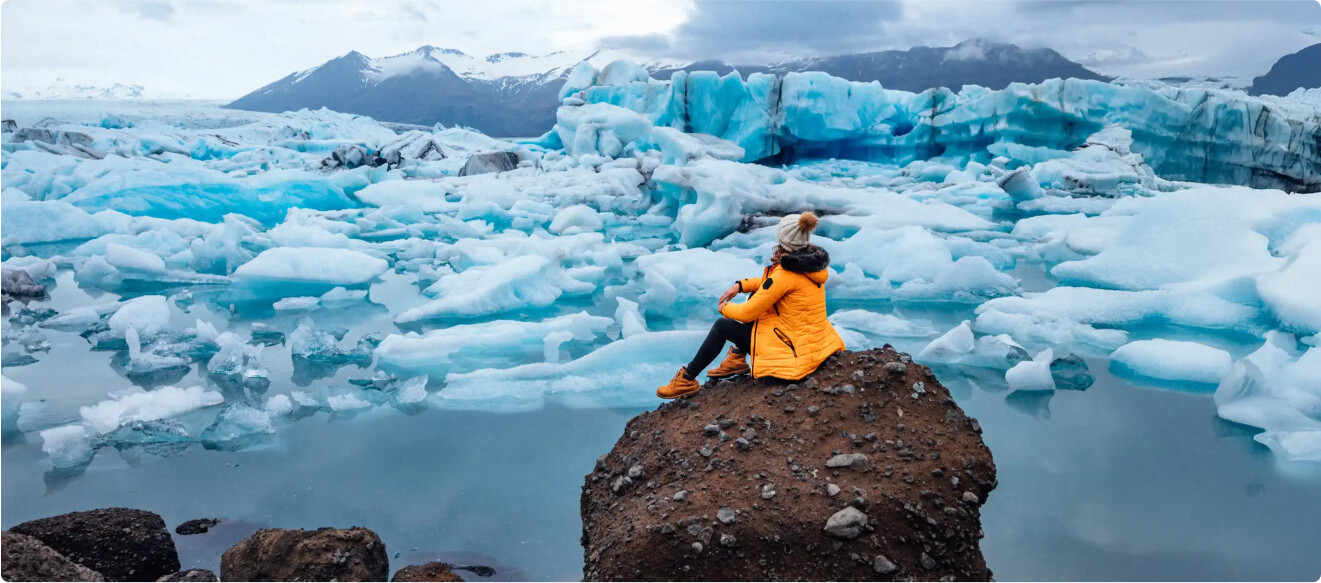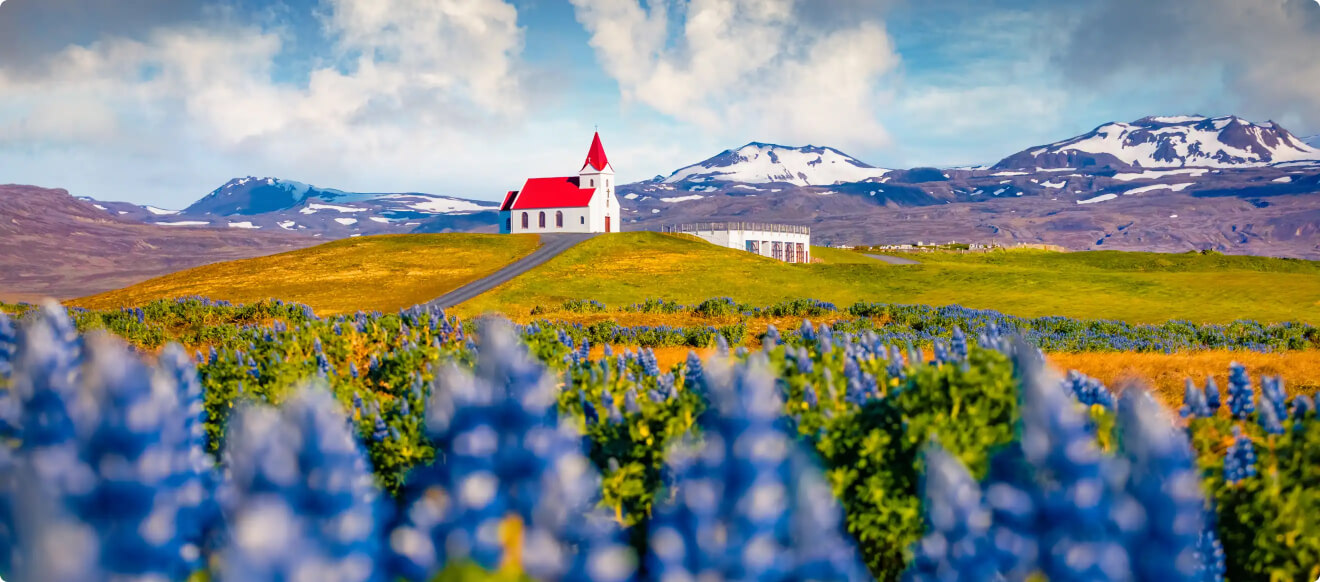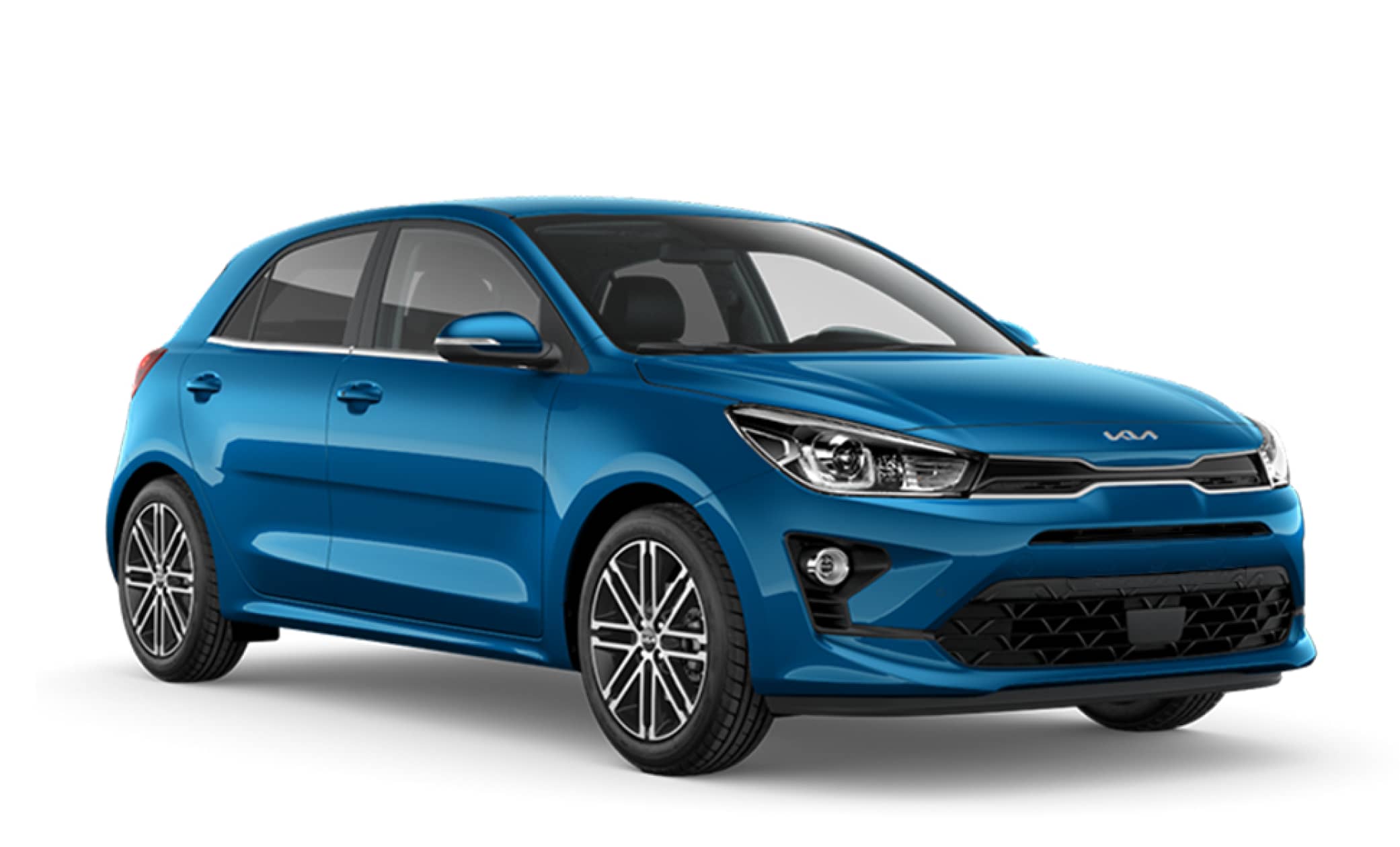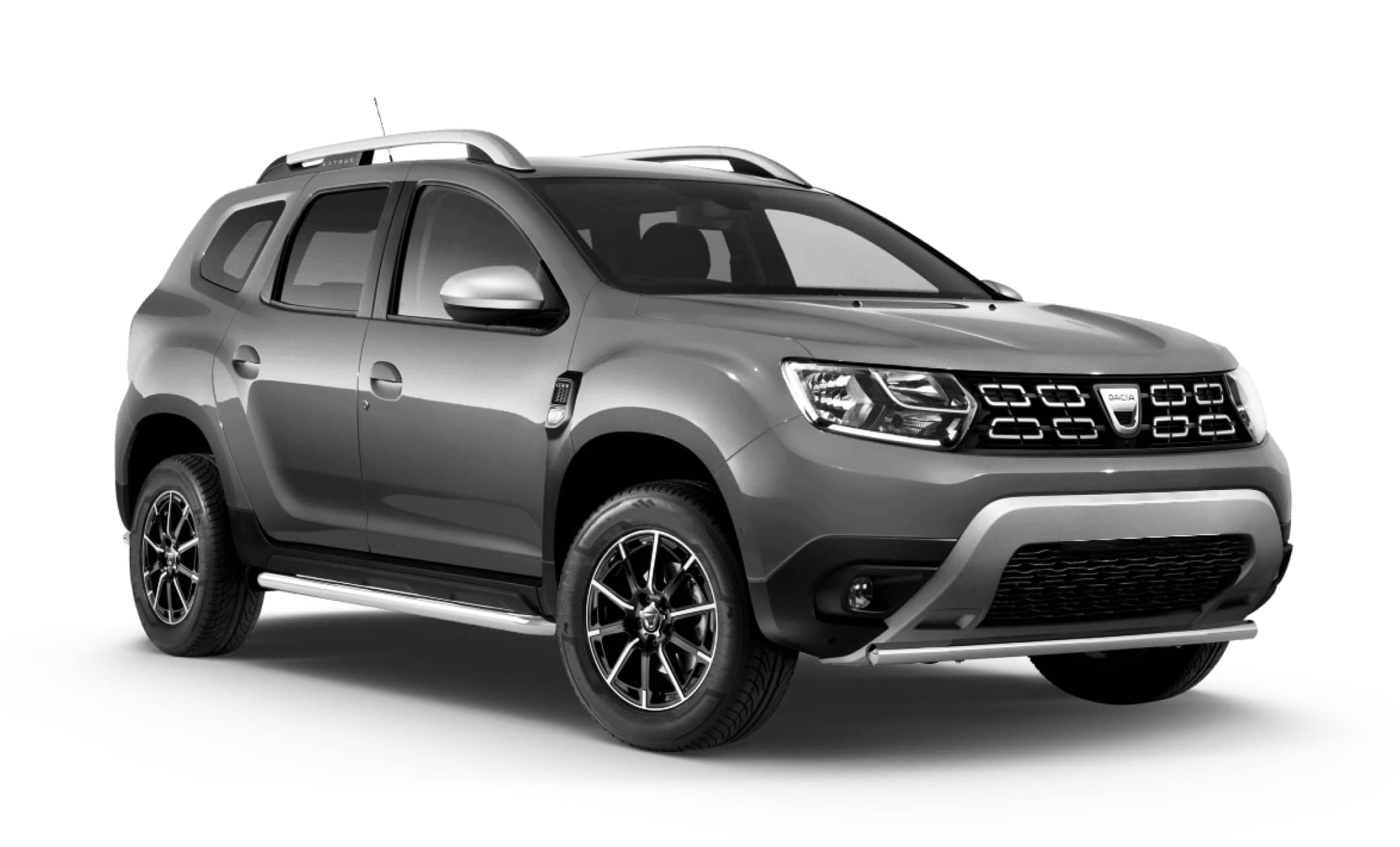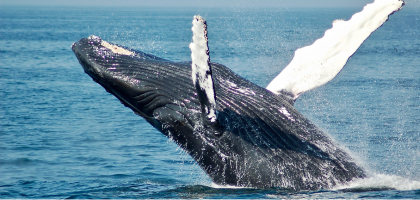People keep asking how many days in Iceland, like, there’s some kind of magic number. Wrong question. The real one is how much you can actually see without turning your trip into a blur of gas stations and roadside snacks.
In this guide, we cut the nonsense and break it down for self-drivers only. No tour bus schedules. No ‘Instagram in ten minutes’ stops. You’ll get realistic routes for 3-4 days, 5-7 days, 10 days, and 14+ days. Distances in km and mi, driving hours, and the right wheels for each plan. Travel smart, or Iceland will eat your time alive.
How to Choose the Right Duration for Your Iceland Road Trip
Figuring out how long you need in Iceland isn’t math. It’s daylight, money, and how much road your body can handle before it starts hating you. Summer in Iceland throws almost 24 hours of light at you. Drive all night if you want. Mid-winter? Four, maybe five usable hours. Blink and it’s dark again.
Your budget will boss you around, too. SUVs and 4x4s eat fuel and rental fees but reach places a compact car can’t. Campervans cut hotel bills. But, hotels will keep you from sleeping through a windstorm in a tin box.
|
Duration |
Distance |
Drive Time |
What You Can See |
|
3-4 days |
500-600 km/310-373 mi |
6-8 hours |
Reykjavík, Golden Circle, South Coast, maybe Snæfellsnes if you don't dawdle |
|
5-7 days |
1,300-1,600 km/808-994 mi |
20-25 hours |
Ring Road ‘lite’ or half-loop with a few detours |
|
10 days |
1,800-2,200 km/1,118-1,367 mi |
28-35 hours |
Full Ring Road with bonus stops like Snæfellsnes or the Eastfjords |
|
14+days |
2,500+km/1,553+ mi |
Varies |
Westfjords, Highlands, gravel roads, and scenic stops every ten minutes |
Is 3 to 4 Days Enough for Iceland?
Three to four days. Enough to taste it, not enough to own it. If you’re still asking how many hours to Iceland you need for a quick hit, here’s your reality check. Reykjavík. Golden Circle. South Coast to Vík. That’s the playground.
Vík is about 184 km, 116 miles, from the city. Google says 2.5 hours. Sure. Until a rainbow hits Seljalandsfoss and you’re standing in spray for half an hour. Or a black sand beach makes you forget the time. By the end, two to three driving hours a day. Total? Around 500 to 600 km, maybe 310 to 373 miles.
The Golden Circle is roughly 300 km, 186 miles. It includes places like Thingvellir, Geysir, and Gullfoss. All on easy tarmac. Any rental will do. Winter’s another story. AWD is worth it when the wind decides to ice the road. The South Coast piles on Seljalandsfoss, Skógafoss, and Reynisfjara. Jökulsárlón glacier lagoon if you’re feeling reckless with the clock.
Most sane people split it into three days. Golden Circle. Waterfalls and Vík. Reykjavík or maybe the Blue Lagoon. The rest try to cram half the South Coast and the Golden Circle into one daylight sprint. They see more. They remember less.

Ideal Itinerary for a Long Weekend
If you’re asking how many days in Iceland are enough to get hooked, three will do it. Long enough to hit the Golden Circle, the South Coast, and still want more. Here’s what you can realistically get up in such a short span of time:
Golden Circle Day Trip: Squeezing the Best Into Your First Day
- Distance: 234km (146 mi)
- Travel Time: 3.5 hours nonstop
- Overnight: Reykjavík
Day one sets the pace. Leave Reykjavík by 9 AM and you’ll squeeze the best out of the Golden Circle without racing the clock. This route is about 180 km (112 mi) of actual driving, roughly three hours behind the wheel, well inside most comfort zones for Iceland travel time.
First stop: Thingvellir National Park. Give it 1.5 to 2 hours. It’s a UNESCO site, the birthplace of Iceland’s parliament, and the only place you can literally walk between the North American and Eurasian tectonic plates. Easy access, minimal hiking if you stick to the main viewpoints.
Next: the Geysir geothermal area. Strokkur does its thing every 5-10 minutes, so you’re never waiting long. The boardwalk loop is about 30 minutes, but factor in more if you plan on hitting the café or visitor center.
Last light goes to Gullfoss. Spend 45-60 minutes between the upper and lower platforms. Both deliver that two-tiered waterfall roar from different angles. By early evening, you’re rolling back into Reykjavík with time to find dinner and see the city when the lights come on. Not bad for day one.
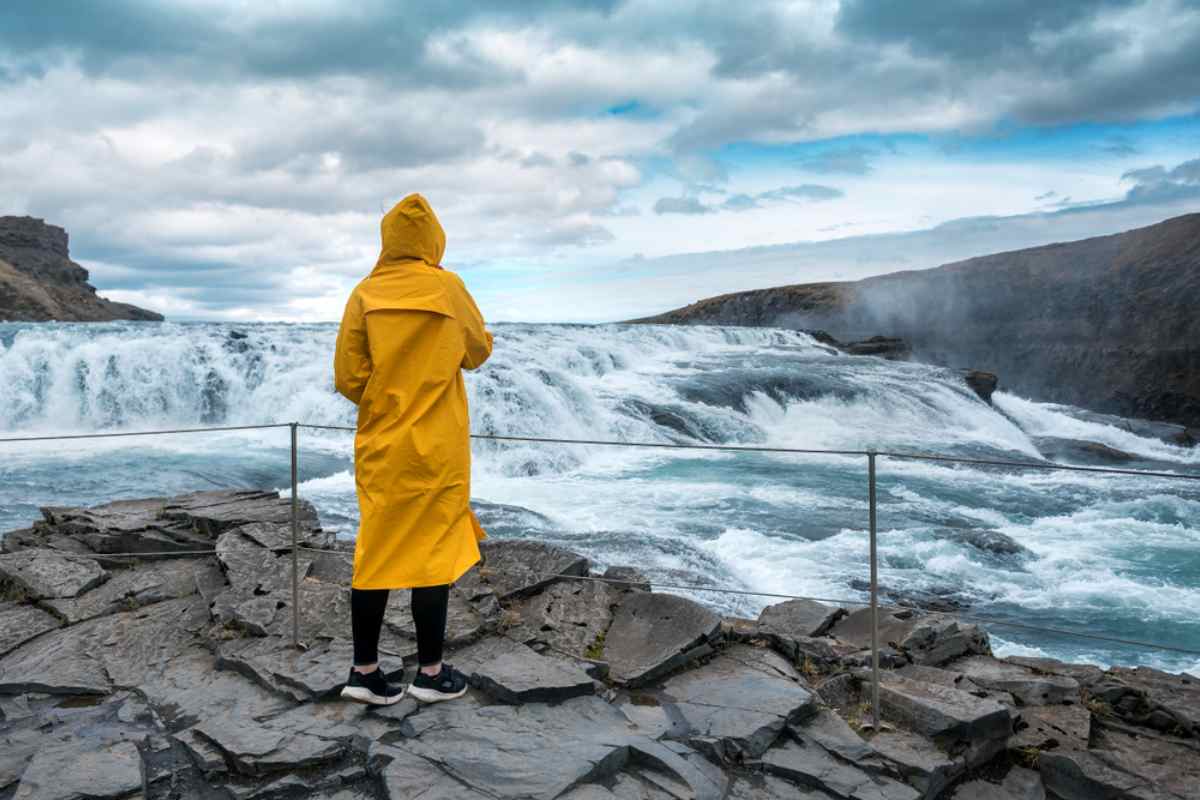
Day 2: Seljalandsfoss, Skógafoss, Reynisfjara
- Distance: 381 km (237 mi)
- Travel time: 5.5 hours nonstop
- Overnight: Reykjavík
Day two is where Iceland´s South Coast shows off. If you’ve been asking yourself, ‘How many days do I need in Iceland to see the postcard spots?’ This route is your answer. Three icons. One long but manageable loop. About 3.5 hours of pure driving, more once the ‘pull over now’ moments kick in.
First up, Seljalandsfoss. Around 129 km (80 mi) from Reykjavík, just under two hours if you resist distractions. You’ll fail at that. Give yourself 45-60 minutes here. Yes, you can walk behind it. Yes, you will get soaked. Waterproof gear isn’t optional.
Next, Skógafoss. Only 30 km (19 mi) away, barely 25 minutes. A straight wall of water drops 60 meters (197 ft). Stay below for the spray, or take the 527 steps up for the wide view. Your legs will complain. Worth it.
Last, Reynisfjara. About 34 km (21 mi) from Skógafoss. Black sand, basalt columns, and sea stacks you’ve seen on every Iceland calendar. The waves? They’ll kill you if you’re careless. Never turn your back.
Day 3: Reykjavík markets & museums OR Snæfellsnes Peninsula
Day three splits in two. You either stay in Reykjavík and dig into its culture, or you aim north for the Snæfellsnes Peninsula. Both work. Very different pace.
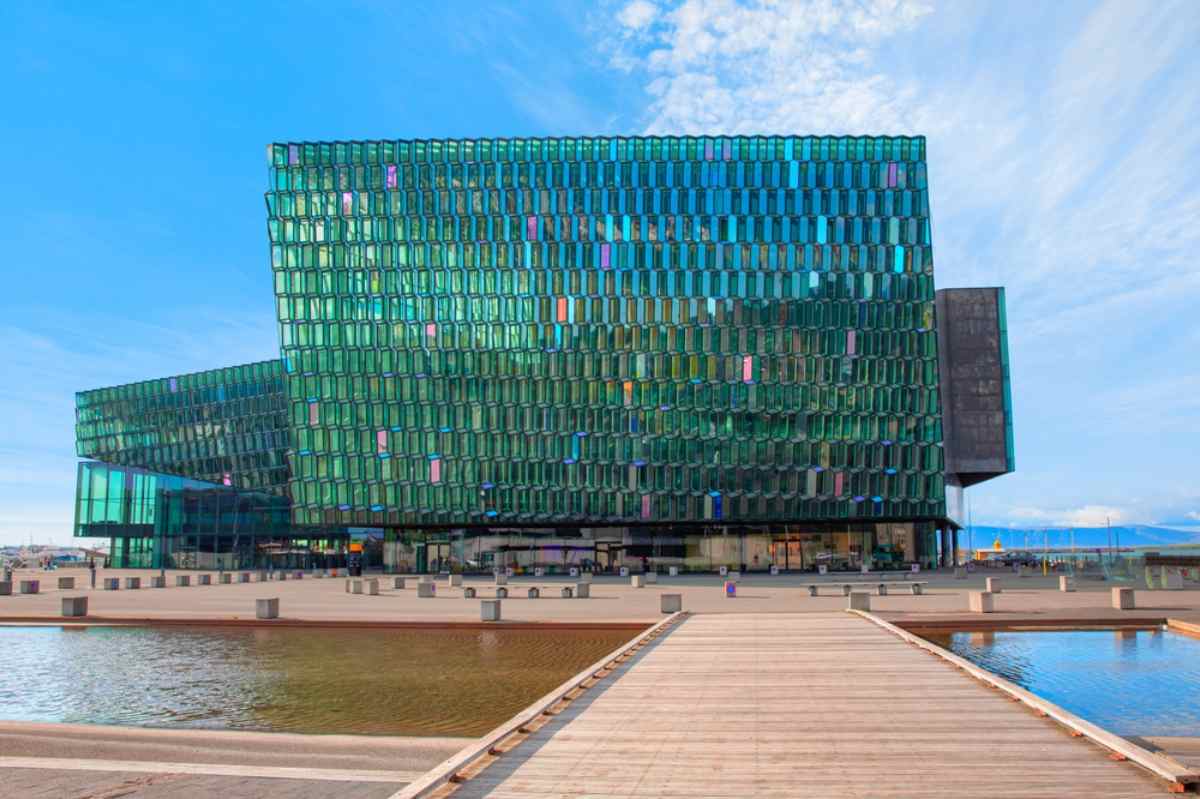
Option A: Reykjavík Cultural Day
Take it slow. Hallgrímskirkja Church for the view. Harpa Concert Hall for the glass-and-steel perfection. The National Museum for a crash course in Iceland’s past. If it’s the weekend, Kolaportid flea market is worth the rummage.
Alternatively, why not just take a guided walking tour with our friends from ‘Walk with a Viking’ and get all the goodies packed into one hectic, cool morning ? You’ll get the stories, the history, and a few eyebrow-raising facts the guidebooks skip. Plus, someone else does the navigating while you just wander and take it all in.
Option B: Snaefellsnes Peninsula Day Trip
They call the Snaefellsnes Peninsula ‘Iceland in Miniature’ for a reason. Glacier, volcano, lava fields, wild coastline, all on one finger of land. From Reykjavík, it’s about 2.5 hours to the main sights. Kirkjufell mountain and waterfall, Arnarstapi’s cliffs, and Djúpalónssandur beach.
The western loop on Highway 574 takes you through Snæfellsjökull National Park. In summer, with endless daylight, it’s doable. Still, most locals will tell you to spend a night out there if you want to actually feel the place instead of just collecting photos.
If the weather’s foul, skip the drive and stick to the city. Or finish in the Blue Lagoon, swapping glacier wind for warm, milky water.
What Type of Car to Rent for a Short Trip
You shouldn’t be asking ‘how many days do you need in Iceland’ for a short trip, the bigger question is what you’re driving. Summer? Rent a car in Iceland that’s small and nimble. A compact 2WD like a Toyota Yaris, KIA Rio, Toyota Aygo, or Kia Ceed will eat the Golden Circle and South Coast without complaint. Paved Ring Road, main gravel spurs all fine in good weather.
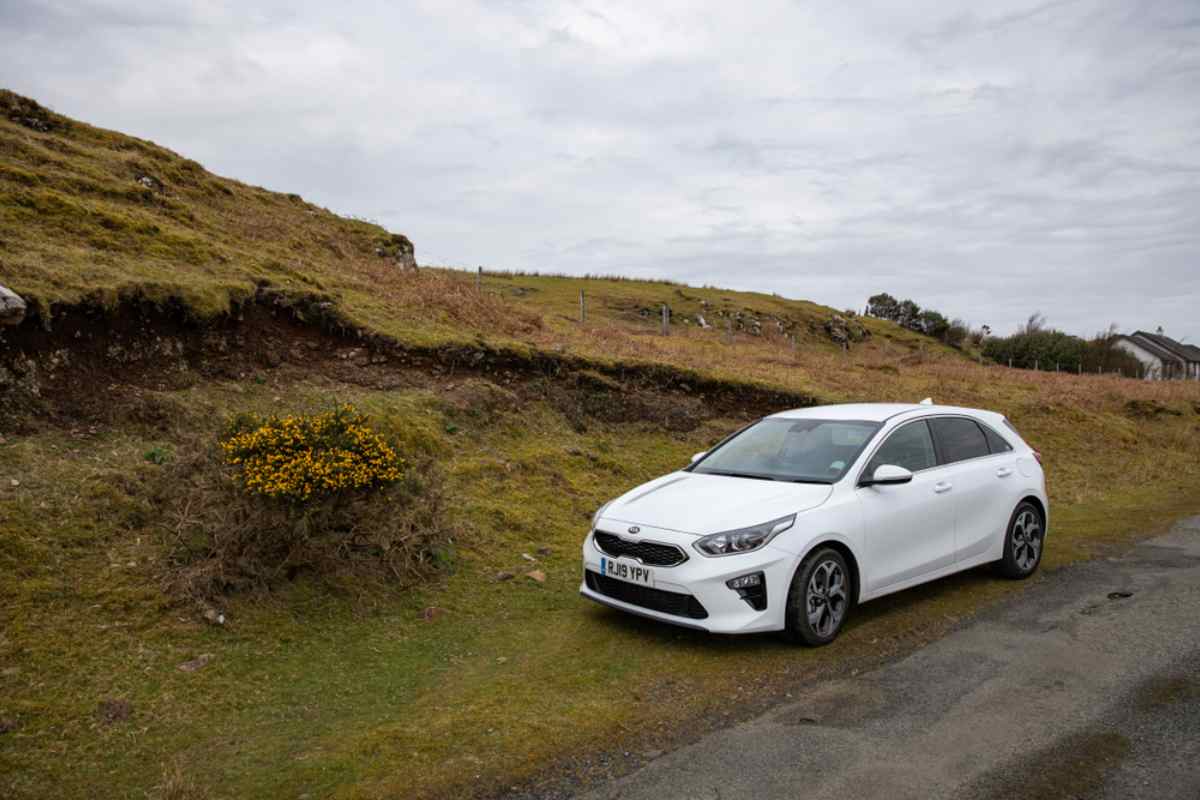
Compacts are underrated. You can squeeze into parking spots near crowded waterfalls, weave narrow coastal roads without holding your breath, and spend less on gas, which matters. Iceland’s fuel prices sit around ISK 315 per liter ($2.25-$2.47 USD). Over half of that is tax, 19% VAT, 17% special excise, 11% gasoline excise, 6% carbon tax. Since 2020, the carbon tax jumped 86% and excise climbed 20%. Fill a 50-liter tank? Around $113 USD. Even a 3-4 day trip of 500-600 km (310-373 mi) in a compact can run $150-$200 in fuel.
Winter is another beast. From November 1 to April 15, all rentals must have winter tires with a 3-4 mm tread. Studded tires are non-negotiable if you value grip on ice. We include them in season at no extra cost to you. Get heated seats, a real heater, and some ground clearance. AWD or 4x4 makes sense even on main roads when snow piles up. Locals just stay home in a storm. You should, too.
Nifty tip: fuel up in Reykjavík, Selfoss, or Akureyri, where competition shaves a few krónur off the price. If a hybrid or EV pops up in your search, consider it. Iceland has over 250 charging stations scattered across the island.
How to Visit Iceland Without Driving
Not everyone wants to rent a car, and if you only have 3–4 days, you can still enjoy Iceland without getting behind the wheel. From Reykjavík, popular day tours cover the Golden Circle, South Coast, and Blue Lagoon, giving you a taste of waterfalls, geysers, glaciers, and hot springs.
It’s an easy option if you’d rather leave the driving to someone else, but keep in mind that organized tours limit your flexibility and the number of places you can reach. With a rental car, you’ll see more on your own schedule.
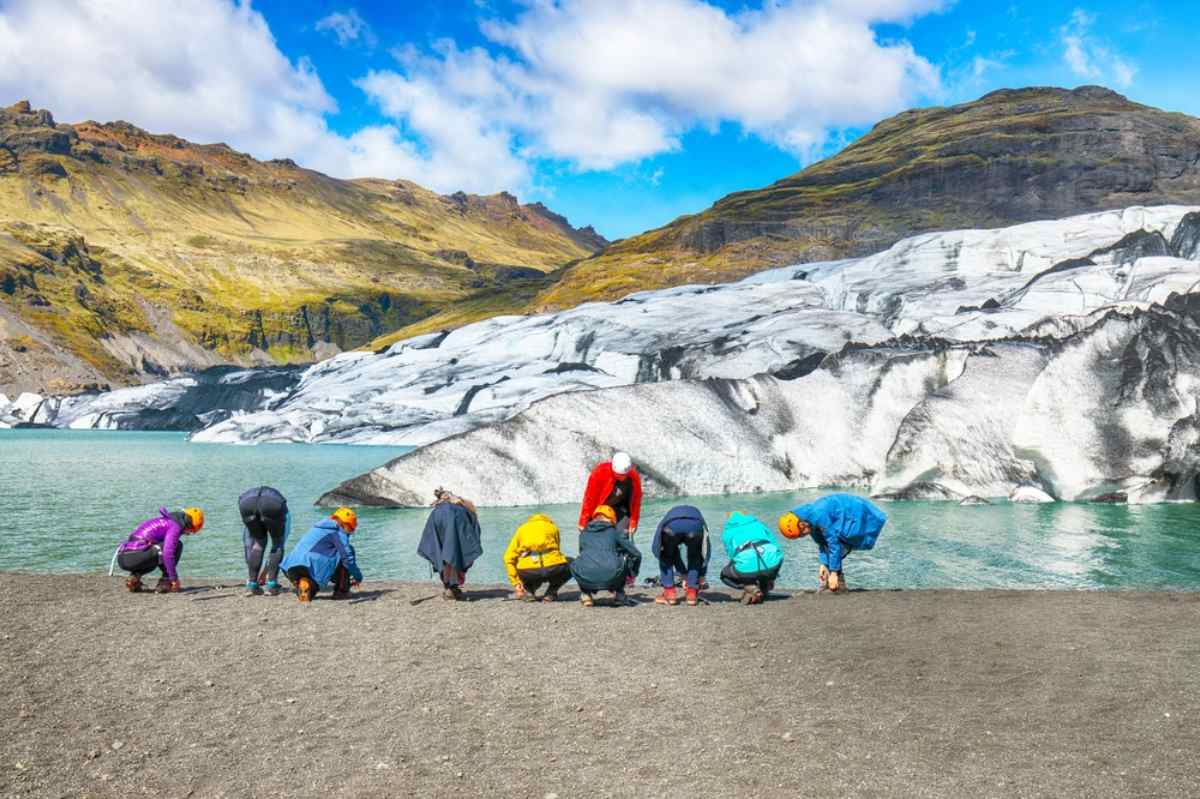
Exploring Iceland in 5 to 7 Days
If you are wondering how long Iceland is, the Ring Road has the answer. About 1,332 km (828 mi) of tarmac loop around the entire island. In a week, you can see the essentials without rushing it. Here’s a glimpse of what 7 days may have in store for you
Ring Road Highlights You Can See in One Week
- Vík - A South Coast town that looks sleepy until you step onto Reynisfjara, the black sand beach where Atlantic waves have killed the unprepared. Basalt columns rise like a church organ against the cliffs. Seljalandsfoss is close enough for a detour; you can walk behind its curtain of water. Skogafoss is bigger, louder, and gives you the choice: stay at the base in the mist or climb 527 steps for the panorama.
- Höfn - More than just a fishing town. It’s framed by Vatnajökull, Europe’s largest glacier, and serves as the jumping-off point for Jökulsárlón Glacier Lagoon. There, blue icebergs float toward the Atlantic, breaking apart on Diamond Beach. The lobster soup here? Locals defend it like it’s a national treasure.
- Eastfjords - The slowest, quietest section of the Ring Road. Roads wind between mountains and sea, hugging cliffs that drop straight into the fjords. Villages like Djúpivogur feel untouched, a place where you can still walk the harbor without a single tour group in sight. And if you’re lucky, you might spot wild reindeer grazing along the slopes.
- Egilsstaðir - The hub of East Iceland. A place to fill your tank, stock up, and decide your next move. Many head to Hengifoss, one of Iceland’s tallest waterfalls, its cliffs streaked red with volcanic rock layers. Others circle Lagarfljót, a long, narrow lake rumored to hide a sea serpent, the country’s own Loch Ness legend.
- Mývatn Area - A geological playground. Hverir’s bubbling mud pots and sulfur vents hiss under your feet, Krafla’s volcanic craters loom in the distance, and lava fields stretch to the horizon. The Mývatn Nature Baths give you steaming, mineral-rich water and big-sky views without the chaos of the Blue Lagoon.
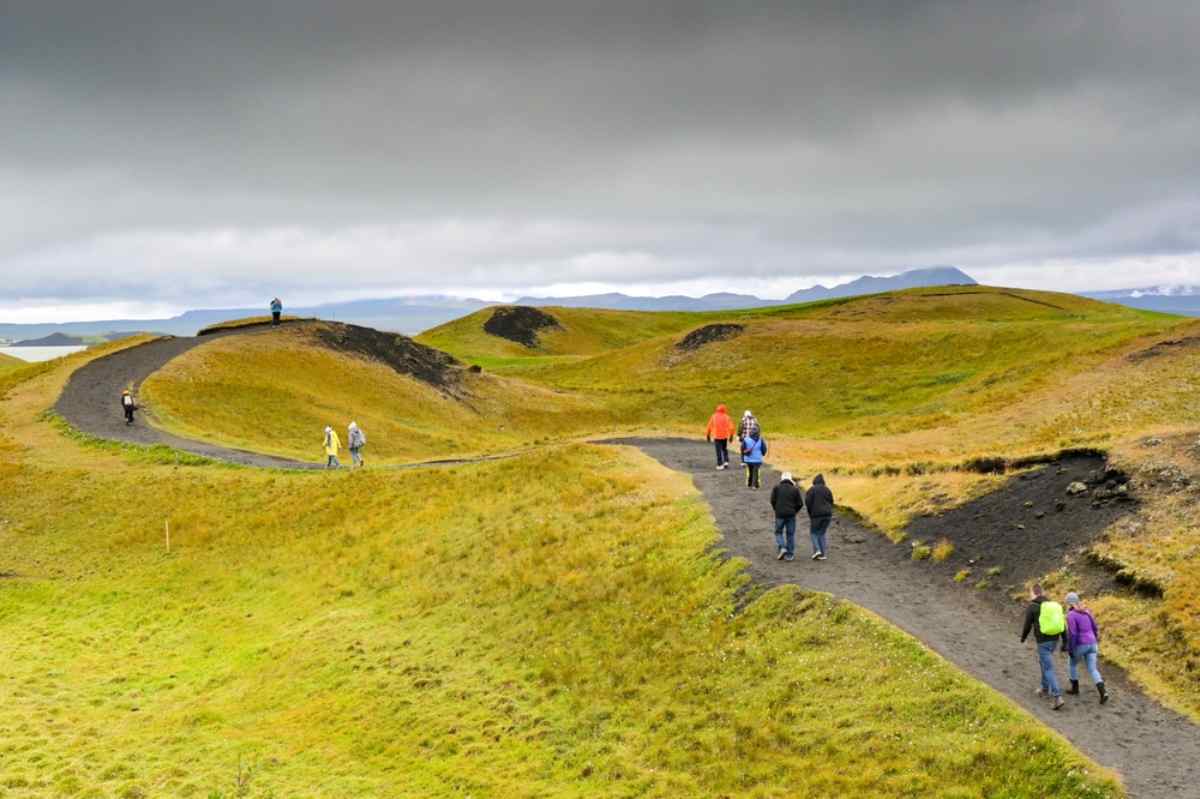
- Akureyri - Iceland’s second-largest city, but don’t picture skyscrapers. It’s compact, colorful, and worth a slow stroll. Botanical gardens thrive improbably this far north, and nearby Húsavík offers some of the best whale-watching tours in the country.
- West Iceland - The final leg before Reykjavík delivers more variety than you expect. Hvítserkur sea stack stands in the surf, shaped like a dragon bending for a drink. Glaumbaer’s turf farm museum shows how Icelanders survived before insulation. Then Hraunfossar and Barnafoss cut glacial water through ancient lava, twisting into blue-white ribbons.
Where to Stay and How Long to Drive Each Day
How long should I stay in Iceland? That’s what you’ll ask yourself somewhere between your third waterfall and the fourth time you pull over for a photo. The sweet spot for the Ring Road is 250–300 km (155–186 mi) a day. Enough to keep momentum, not so much that you blur past everything.
Sleep where fuel and food are easy: Vík for the South Coast, Höfn for glaciers and Jökulsárlón, Egilsstaðir before heading north, Akureyri for a taste of city life.
South Coast beds disappear fast, so book ahead. In the Eastfjords and North, you can usually gamble on last-minute stays unless it’s peak summer, when every guesthouse seems to be full.
10 Days in Iceland: The Perfect Self-Drive Itinerary
Ten days is when you stop pretending you are ‘seeing Iceland’ and actually start doing it properly. The Ring Road is a given. With this much time, you tack on the Eastfjords without rushing, and maybe the Westman Islands if you can be bothered to get on a ferry.
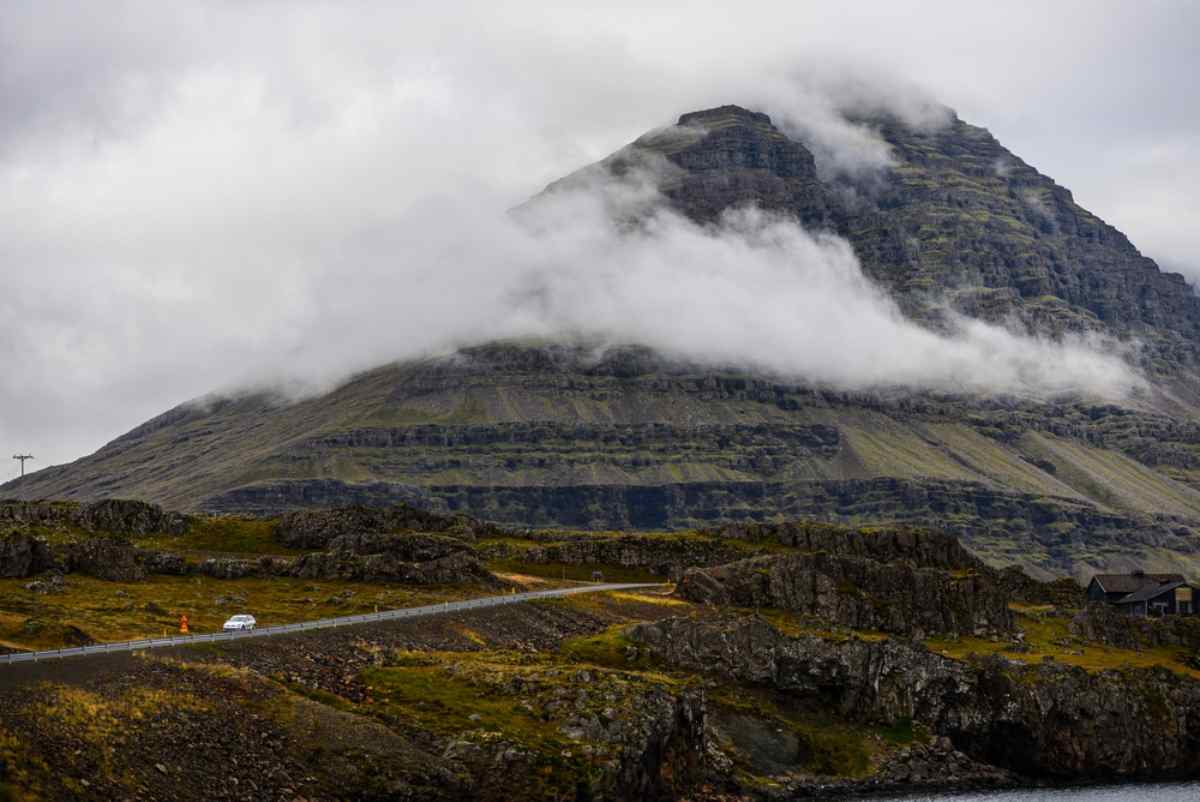
Expect 3–4 hours of driving a day, somewhere between 1,900 and 2,200 km (1,181–1,367 mi) in total. That’s a comfort pace, not lazy, not frantic. You get weather wiggle room, time for roads that don’t have souvenir shops at the end, and the luxury of ignoring anything that looks crowded.
Route Suggestions and Must-See Stops
Clockwise starts in the quiet North. Wide valleys, geothermal pits steaming in the morning, and almost no one in your way. It builds until the South Coast smacks you with waterfalls and black-sand beaches. Sleep in Akureyri or Mývatn up north, Egilsstaðir or Seyðisfjörður in the east, Höfn or Skaftafell in the southeast, and Vík before you finish.
Counterclockwise? You want adrenaline first. Golden Circle, South Coast, everything you’ve seen in the brochures. Then the Eastfjords slow you down before the North sends you home.
Must-sees: Skaftafell for a guided glacier hike onto Falljökull or another outlet tongue. Seyðisfjörður, for the rainbow street, blue church, and fjord views, is worth the climb over the pass.
Mývatn for the full geothermal circuit, Hverir’s mud pots, Dimmuborgir’s lava fields, Grjótagjá’s cave, and Myvatn Nature Baths to soak after. End in West Iceland with Kirkjufell Mountain and its waterfall lined up for the postcard shot.
Recommended Vehicles for a 10-Day Trip
If you are debating how long to spend in Iceland, ten days is enough to justify driving something built for the job. An SUV is the smart play with more space for luggage, more comfort for back-to-back driving days, and more stability when the wind picks up. For a full Ring Road loop with detours, the higher ride helps you spot photo stops before you pass them.
From our fleet, the Toyota RAV4, Suzuki Vitara, Kia Sportage, and Dacia Duster are ideal for versatility and fuel efficiency. Need more muscle? The Toyota Land Cruiser or Land Rover Discovery handles gravel and rougher stretches with ease.
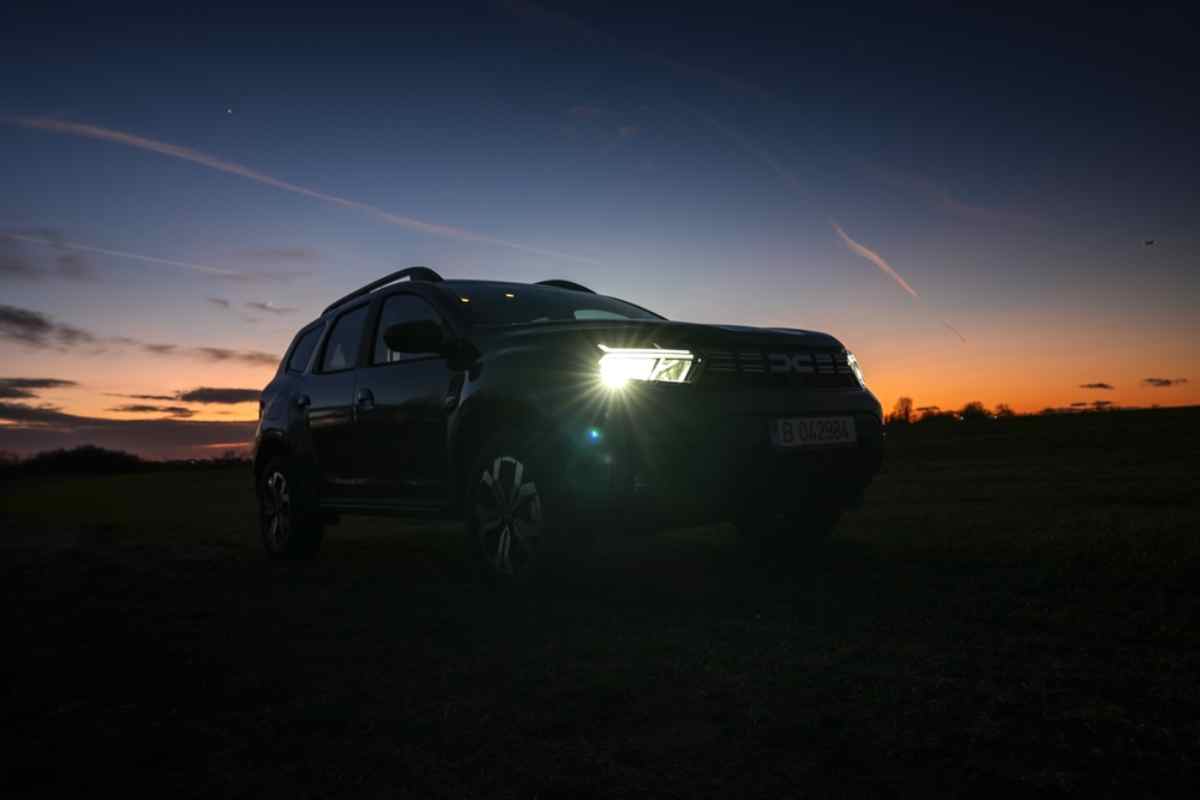
Every rental comes with unlimited mileage and fuel discount cards, so you can take the long way without second-guessing your route. Over 1,900–2,200 km (1,181–1,367 mi) in ten days, that adds up to real savings and a far more comfortable trip.
What You Can Do in 2 Weeks or More in Iceland
Two weeks is when you stop racing the clock and start seeing what the locals brag about all the time. The full Ring Road becomes your baseline, not your challenge. With this much time, you can tack on the Westfjords an extra 1,000 km (621 mi) of empty roads, sheer cliffs, and villages that feel a world away, or head into the Highlands for 300–500 km (186-311 mi) of raw, otherworldly terrain.
Expect 2-4 hours of driving a day on average. Gravel, river crossings, and mountain passes will slow you down, but that is the point. This is the trip where you linger in a fishing town because the café is perfect, or spend an extra night in a valley because the view out the window makes you forget about your itinerary.
Adding the Westfjords, Highlands, and More
Anyone can tick off the Ring Road. The real question is how many days to spend in Iceland before you’re ready to trade paved comfort for the wild edges. The Westfjords and the Highlands will answer that for you; they take time, and they pay you back in full.
- Westfjords - Give it 3-4 days on Route 60/61. Gravel under the tires, slower speeds, and fuel stops that feel far apart. Dynjandi waterfall, Látrabjarg cliffs, Raudasandur beach, and Isafjordur make it worth every kilometre. Spur roads can be summer-only, so check before you commit.
- Ferry option - The Breiðafjörður ferry (Stykkishólmur-Brjánslækur) cuts hours and gives you a fjord crossing with a view if the timing works.
- Seasonal access - Most F-roads open mid-late June, peak July-early September, and close late September or early October. Check umferdin.is before you roll in.
- River crossings - Read the water before you drive it. Low gear, steady pace, never solo. The gnarlier routes are best left to guided super-jeep tours.
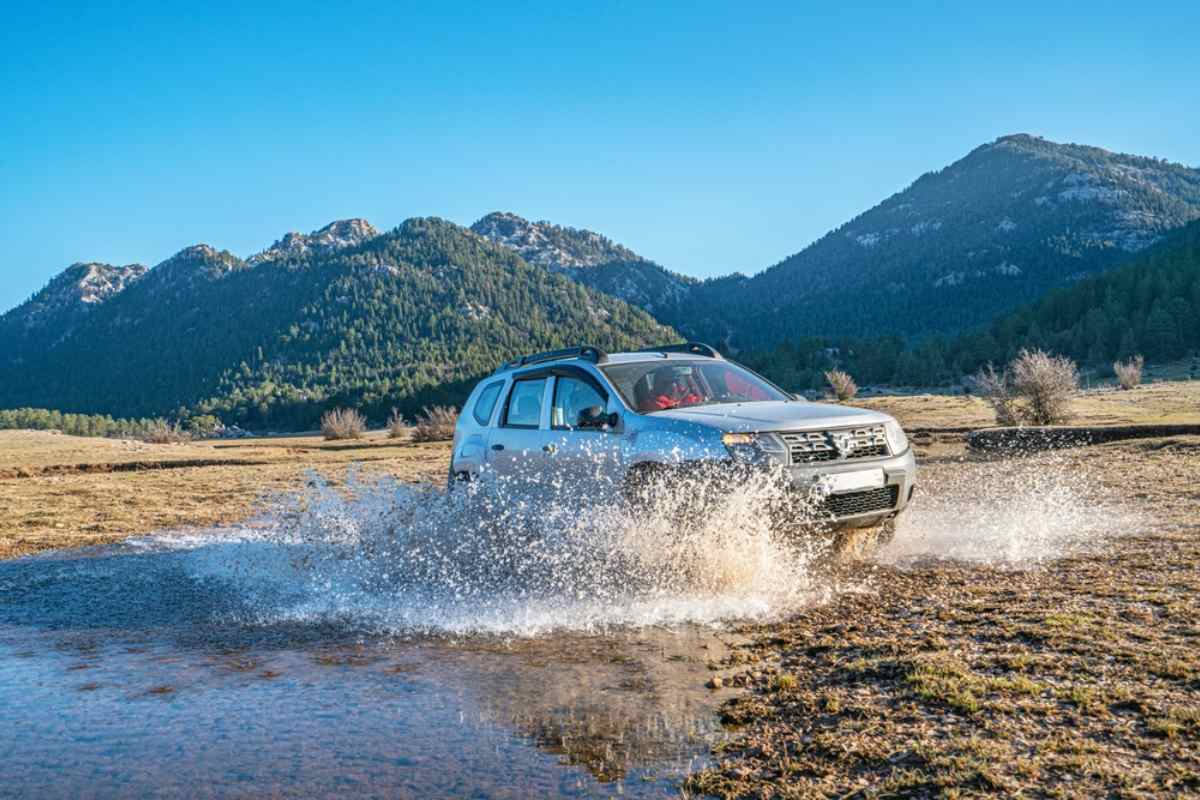
How Long Can You Stay in Iceland Without a Visa?
If you’re planning a longer adventure, keep the Schengen rules in mind. Travelers from the U.S., Canada, and most European countries can enter Iceland without a visa for short stays, but the limit is 90 days within any 180-day period.
That means your total time in Iceland (and other Schengen states) can’t exceed three months in half a year. For trips that go beyond that, you’ll need to apply for the appropriate long-stay visa or permit before arrival.
Why a 4x4 Is Worth It for Extended Trips
A proper 4x4 is not just a comfort upgrade in Iceland. On F-roads into the Highlands, it is the law. These routes throw rough gravel, steep climbs, and river crossings at you. Take them in a 2WD and you are breaking the law, voiding your insurance, and inviting fines or an expensive tow.
Even outside the Highlands, long itineraries often involve gravel stretches where a 4x4’s traction, stability, and suspension make the drive smoother and safer. Loose stone, wind, and washboard surfaces are less exhausting with the right vehicle.
Higher ground clearance helps you avoid undercarriage damage from rocks, ruts, and dips. Standard policies rarely cover that, especially when water from a crossing gets involved.
Gravel protection is smart for any car, but a true 4x4 cuts the odds of chips, cracks, and costly repairs over 1,000+ km (621+ mi) of Iceland’s mixed terrain.
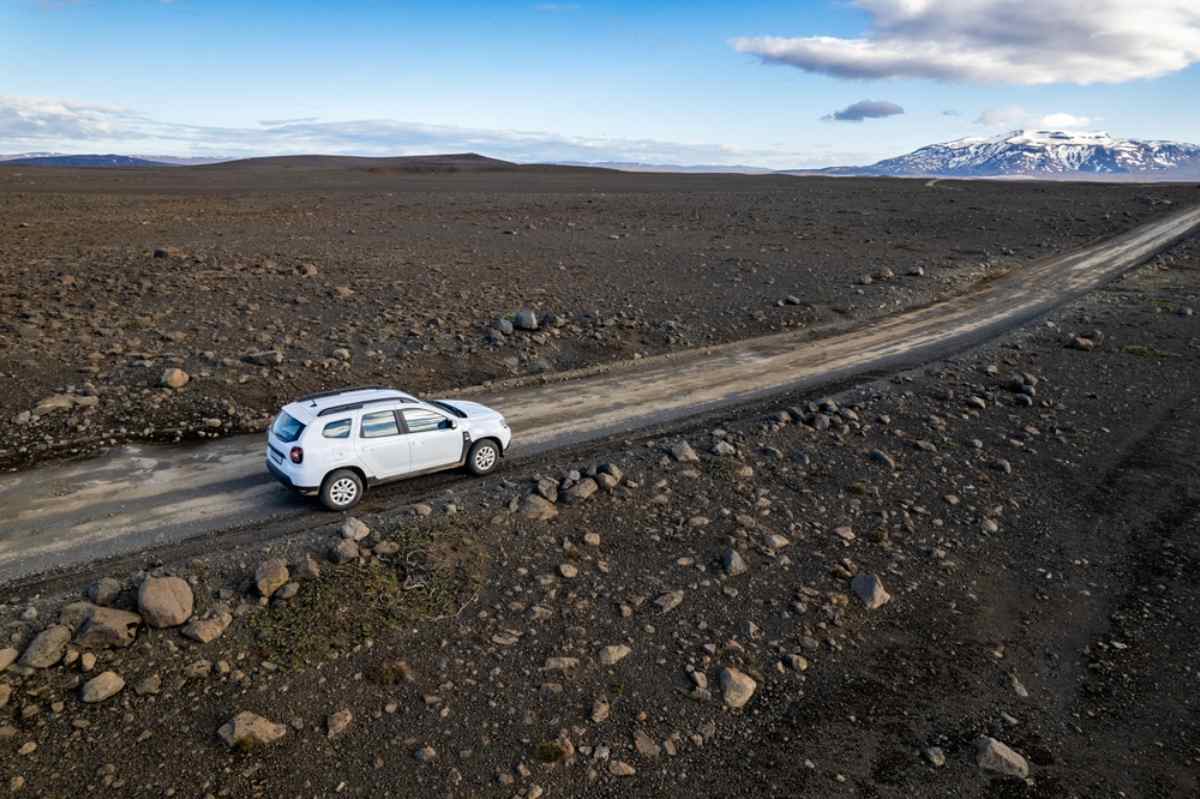
Campervan vs Car Rental for Multi-Day Trips
Now that you’ve decided how long you should spend in Iceland, it’s time to make up your mind what type of transport best suits your travel style. One gives you the open road with fewer rules, the other gives you more comfort but less flexibility. Here’s the deal:
Pros and Cons of Each
- Campervan - Cuts lodging costs and gives full flexibility. You can stay close to attractions, chase good weather, and skip fixed check-ins. The trade-off is living with the elements, and in Iceland, that can mean waking up to sideways rain.
- Car - More fuel efficient, easier to park in towns, and far more comfortable in rough weather. You will need to book accommodation ahead, which limits spontaneity but guarantees a warm bed each night.
What’s Best for Each Trip Length
- 3-4 days - Go with a car. It is quicker to get on the road, easier to park, and you are not wasting precious hours setting up or packing down a camper.
- 5-7 days - A car still wins for most travellers. You can cover more ground without dealing with camper chores, and you will appreciate a warm bed after long drives. Only pick a camper if your budget is tight and you do not mind roughing it.
- 10+ days - A car or SUV gives you comfort for the long haul and keeps you fresh for sightseeing. An SUV adds space and stability, especially if you are adding gravel roads or F-road access. A camper works if you genuinely enjoy the camping lifestyle, but for comfort and simplicity, a car will make the trip smoother.
So, How Many Days Do You Need in Iceland? (Quick Reference)
Still debating how much time to give Iceland? Here’s a snapshot to keep it simple. Distances and drive times are averages; weather, road conditions, and photo stops will always stretch the clock.
|
Days |
Suggested itinerary |
Approx. km |
Pace level |
|
3–4 |
Reykjavík, Golden Circle, South Coast to Vík |
500–600 km |
Fast-paced |
|
5–7 |
Ring Road half-loop with detours |
1,300–1,600 km |
Moderate |
|
10 |
Full Ring Road with Snæfellsnes or Eastfjords |
1,800–2,200 km |
Comfortable |
|
14+ |
Ring Road + Westfjords + Highlands |
2,500+ km |
Slow & immersive |
Stop Asking How Many Days in Iceland and Start Planning
How many days in Iceland is the wrong question. The right one is what you will do with the time you have. Three days? Stick to Reykjavík, the Golden Circle, and the South Coast.
A week? Loop the Ring Road and taste every corner. Two weeks or more? Add the Westfjords, Highlands, and the kind of detours that most tourists never see.
However long you give it, plan for weather delays, extra stops, and moments you will not want to rush. Having a rental car in Iceland simply makes it easier to embrace those unplanned pauses.




